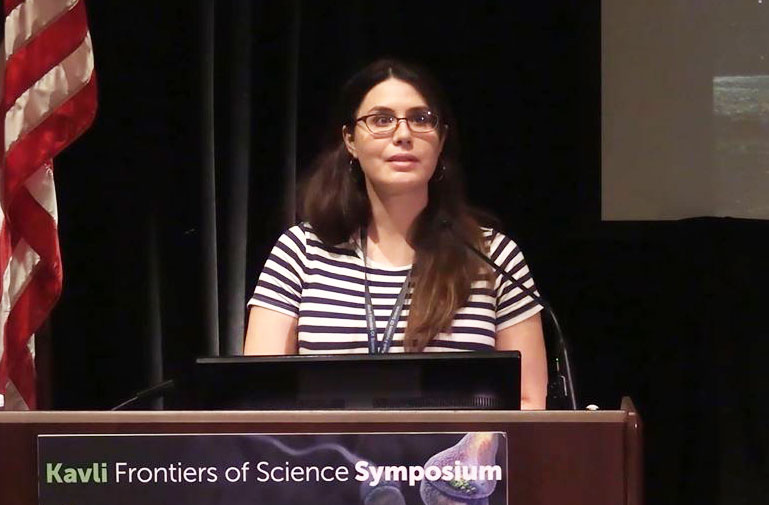Frontiers in Astrophysics / Space Telescope
The OSIRIS-REx spacecraft mission, after its successful encounter with asteroid Bennu, is set for an exciting continuation as the OSIRIS–Apophis Explorer (APEX). In this second mission, APEX will approach asteroid (99942) Apophis, a 340-meter diameter asteroid that will pass extremely close to Earth on April 13, 2029, at a distance of ~32,000 km, less than one-tenth of the distance to the Moon. This will be the closest approach by such a large asteroid in recorded history.
The encounter with Apophis presents a unique opportunity for scientific exploration. As Apophis comes close to Earth, it will experience significant tidal forces that may alter its orbit, change its spin state, and possibly cause seismic disturbances on its surface. The APEX mission aims to observe these effects in real-time, providing invaluable data on how a large asteroid reacts when it comes under the gravitational influence of a major planet like Earth.
APEX's suite of instruments, which proved effective in the Bennu mission, will offer high- resolution observations of Apophis. This "stony" asteroid is of particular interest due to its size and proximity to Earth, and the mission will enhance our understanding of these types of celestial bodies, including their composition and connection to meteorites.
One of the intriguing aspects of the APEX mission will be the implementation of Regolith Excavation by Spacecraft Thrusters, a technique previously demonstrated at Bennu. This process involves the spacecraft using its thrusters to disturb the surface of the asteroid, allowing for the study of material properties and internal structures of stony asteroids. Moreover, the mission has significant implications for planetary defense. Understanding the material composition and structural integrity of Apophis is crucial, as it will provide insights into how similar asteroids might react to potential deflection efforts, should a future threat to Earth be identified.
In summary, the APEX mission to Apophis in 2029 is not just a continuation of the OSIRIS-REx program but a significant step forward in asteroid science and planetary defense strategies. The close encounter with Apophis will offer a rare and valuable opportunity to study a large asteroid under unique conditions, furthering our knowledge of small planetary bodies and enhancing our preparedness for potential asteroid impacts.


